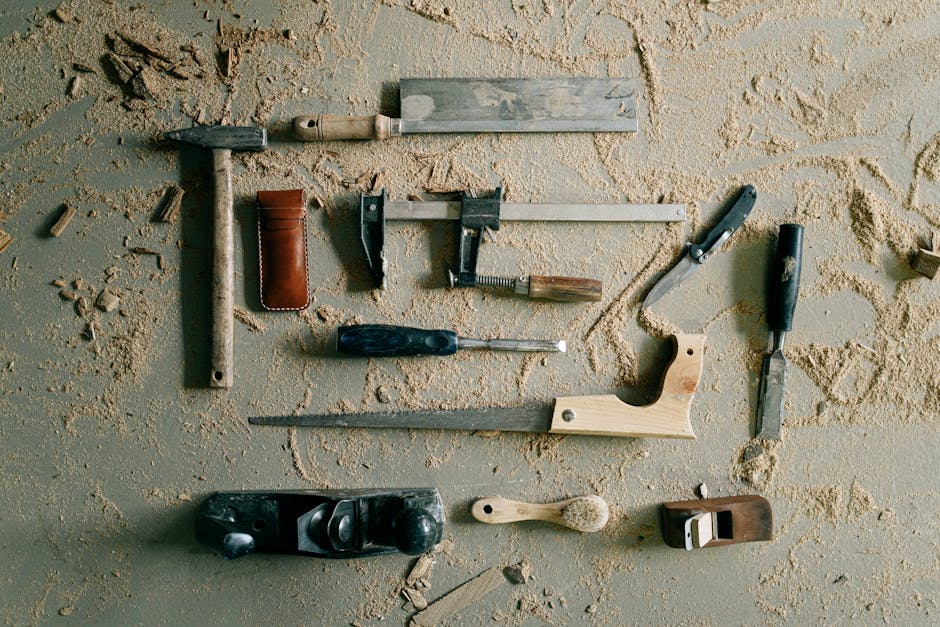
Sanding pressure treated wood is a topic that generates a fair amount of discussion among DIY enthusiasts and professionals alike. Surprisingly, unlike other forms of lumber, sanding isn't a necessary step for pressure treated wood. Here are the reasons and the best practices for maintaining this type of wood.
Unlike traditional hardwoods or softwoods, sanding is not a necessity for pressure treated wood. Here are some key reasons why:
Pressure treated wood is specifically engineered to have a long lifespan, even in challenging outdoor conditions. Here’s how proper care, minus sanding, can prolong its use:
Pressure treated wood's rise in popularity is largely due to its cost-effectiveness. Here's why it's favored for outdoor projects:
If you are considering staining pressure treated wood, timing and preparation are crucial. Here’s a breakdown of best practices:
Before staining, some preparation is essential:
Maintaining the condition of pressure treated wood involves straightforward yet crucial steps to ensure long-term beauty and structural integrity:
Even with careful upkeep, some issues can arise. Here are some common challenges and their solutions:
| Issue | Solution |
|---|---|
| Raised Fibers | Light sanding if necessary, followed by re-sealing. For sealing solutions, consider Penofin F3PTTGA Penetrating Oil Finish. |
| Water Damage | Regular application of water-repellent sealants. |
| UV Damage | Use of UV-protective finishes to prevent fading and graying. Here's another option: Penofin Pressure Treated Green Label Yosemite 2 Gallon Pack. |
Understanding when to sand, stain, or simply maintain pressure treated wood can lead to better durability and aesthetics. By following these guidelines, you ensure that your outdoor projects not only look good but also stand the test of time without unnecessary hassles. Additionally, for insights on the potential safety concerns and precautions associated with sanding pressure treated wood, you can visit this informative article.
Lastly, general knowledge about pressure treated wood, including its properties and uses, can be expanded by reading this article from Mass.gov on Pressure-Treated Wood Use in Playground Equipment and another comprehensive piece on What is Pressure-Treated Lumber and How Does It Forestall Decay.

Immerse yourself in architecture’s most boundary-pushing ideas—where innovative home improvements meet visionary urban developments. Discover new building techniques, materials, and creative concepts that are redefining how we shape our spaces on a global scale.